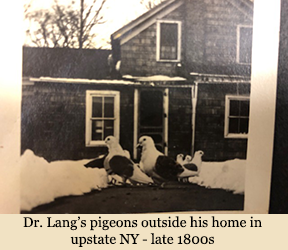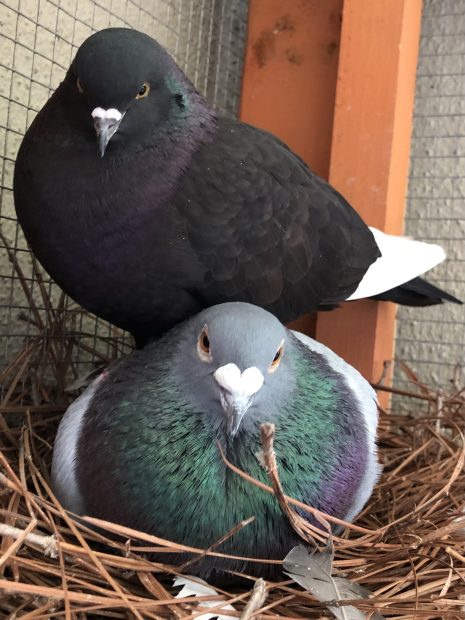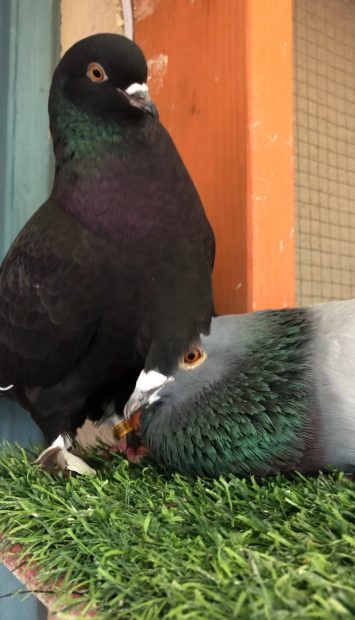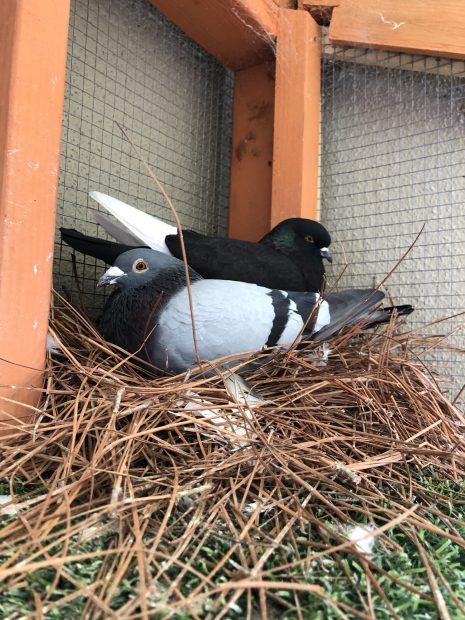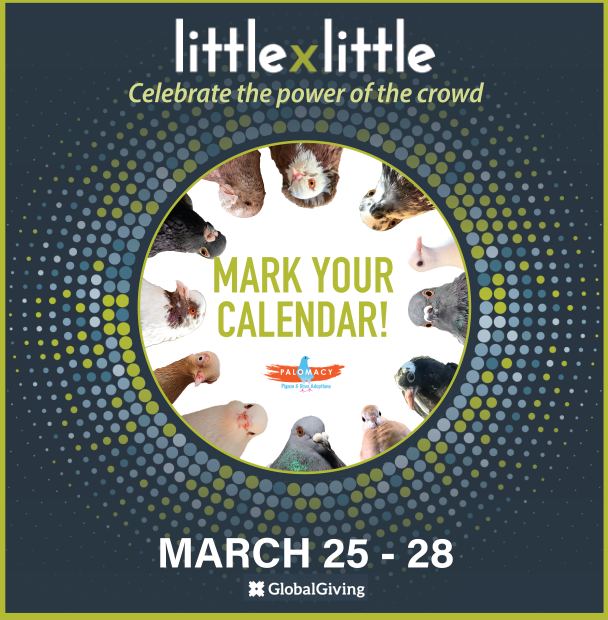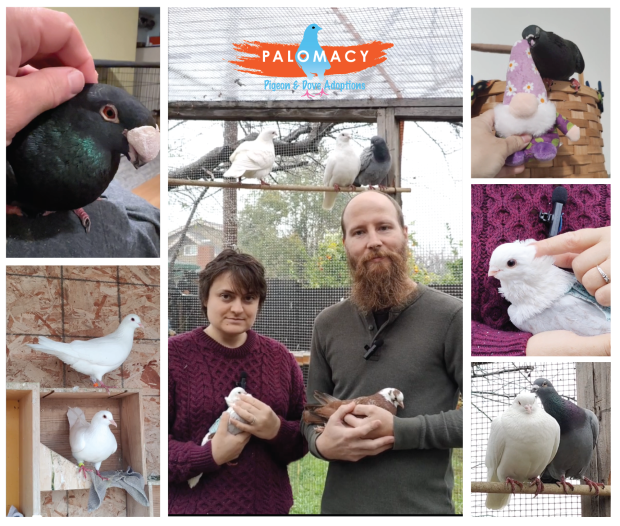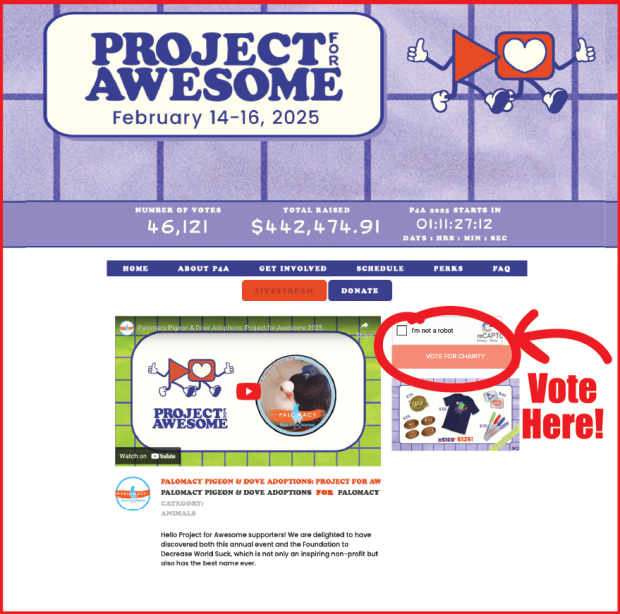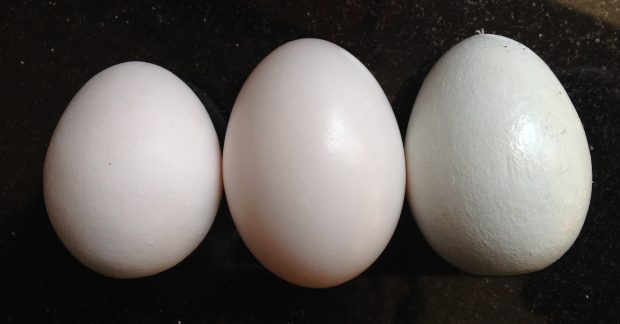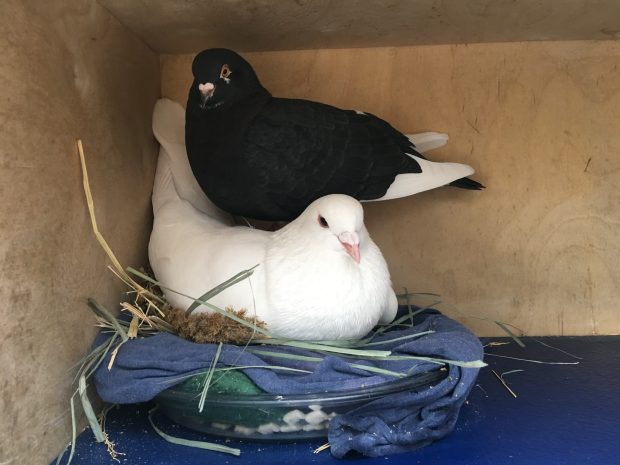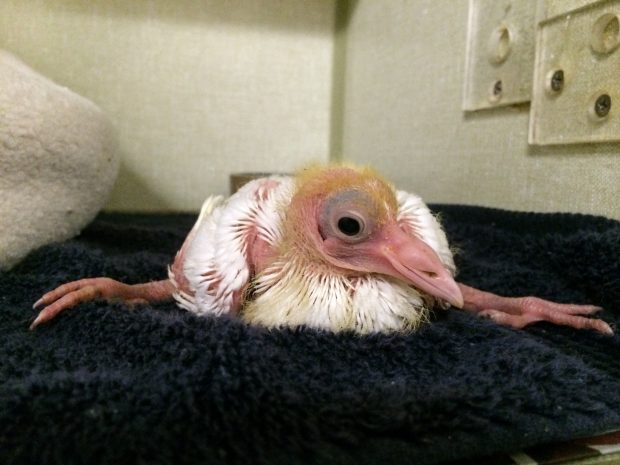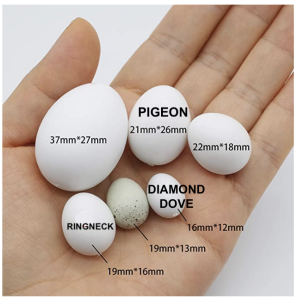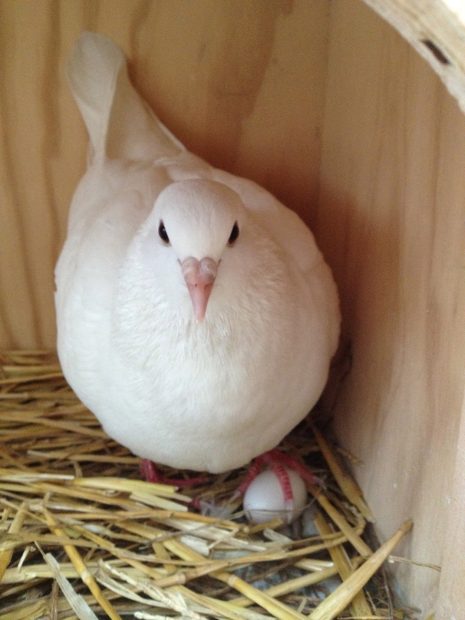Rev. Robert Ryugen Doshin Yamada
Animal Liberation Temple (Dōbutsu Kaihōji)
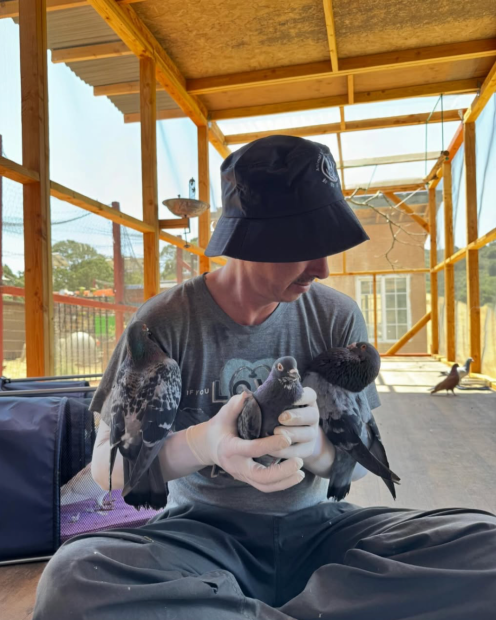
Rev. Robert Yamada in his pigeon aviary
A cow named Penelope was the inspiration behind Reverend Robert Yamada’s founding of the Animal Liberation Temple, a refuge for a variety of animals, including four Peking ducks, one Pit Bull, three Sulcata tortoises, two turkeys, one guineafowl, two former lab rats, one Ringneck dove, 31 chickens, and 38 pigeons and doves from Palomacy. Inspired to be a Buddhist at a young age, Rev. Yamada was ordained in 2012. Afterward, he and his fellow monks were told to go out into the world and be of service.
That’s when Robert met Penelope, a cow who was being sent to slaughter. From that moment, Robert knew he wanted to dedicate his life to non-human animals. When Tara and Padme, two chickens who were rescued from a factory farm in Colorado, were brought to him by animal activists, he was determined to give them a home where they wouldn’t be exploited or killed — a place, said Robert, “where autonomy, both spiritually and physically, could be respected.” That place became Animal Liberation Temple, which was founded in Arizona in 2018 and is now located in Martinez, California.
Reverend Yamada gives a tour of the aviary at Animal Liberation Temple — featuring FP!
Robert did not always have such an affinity for animals. The change came in 2005, when his ex-girlfriend asked him to take her dog, which she no longer wanted, to the shelter. He knew this meant the dog might be euthanized: “When I picked her up from my ex-girlfriend’s house, Missy jumped right into my car and on my way to the shelter, I fell in love with her and before I got to the shelter I had decided to care for her for the rest of her life.” Robert eventually worked with a dog trainer to help Missy and his two other dogs get along: “I told the dog trainer I hired that positive reinforcement training was very important to me because I was Buddhist and believed strongly in nonviolence. They said if I still eat animals then I was a hypocrite. I did research that night and saw what happened to non-human animals at the expense of humans. I went vegan overnight.”
Robert lives full-time at Animal Liberation Temple and cares for all the animals himself, which takes about 10 hours each day. The sanctuary offers “teachings, trainings and practices meant to fulfill the religious and spiritual commitments of the human animal parishioners of the ‘Animal Liberation Temple’.” When I asked Robert to elaborate on this, he explained that, “The parishioners are the nonhuman residents here. Human residents can request to become parishioners with the residents.” Robert offers Buddhist teachings upon request, and those who wish to may become ordained through Animal Liberation Temple. He hosts weekly “Sunday Services for Our Dear Animal Friends” every Sunday at 9am PT. People can attend on Facebook Live or YouTube Live.
I asked Robert if he has any favorites among the animal he cares for: “This happens a lot and I have become attached to many of our residents who are now deceased. Right now I feel very close to our first pigeon, FP (Flame Princess). I’m not sure he loves me as much as I love him, but that is OK.”
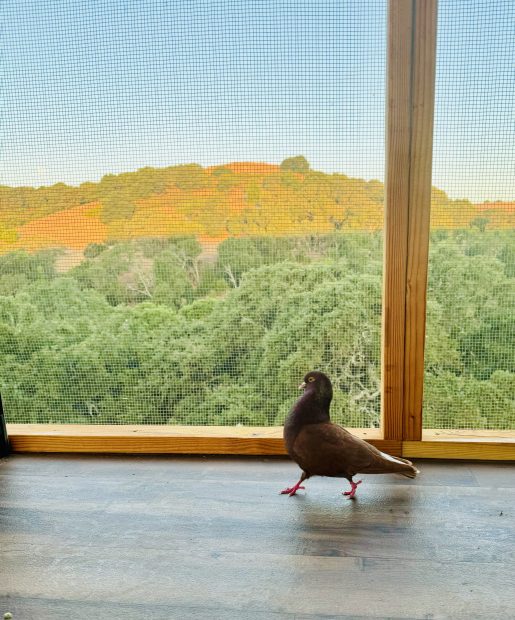
FP
Given the incredible impact my rescued birds have had on my life, I imagined how many lessons Robert has learned over the years from his parishioners. I asked him to share some of them, and I think his answer holds great insight, offering tangible ways for an individual to change the world around them:
“I started the Animal Liberation Temple with the idea that I would be teaching animals love, compassion, and spirituality through giving them a safe place for them to nurture these innate characteristics that I believe all beings have. I quickly learned that these residents are my teachers. I have learned patience and mutual respect. I learned to listen with all my senses. I learned to love even when I am not loved back. Love is not transactional. Love can be given freely without expectations. I learned that many are hurt and suffering and that we can respond with patience and compassion. I learned that many animals have a much higher spiritual understanding than us silly humans.”
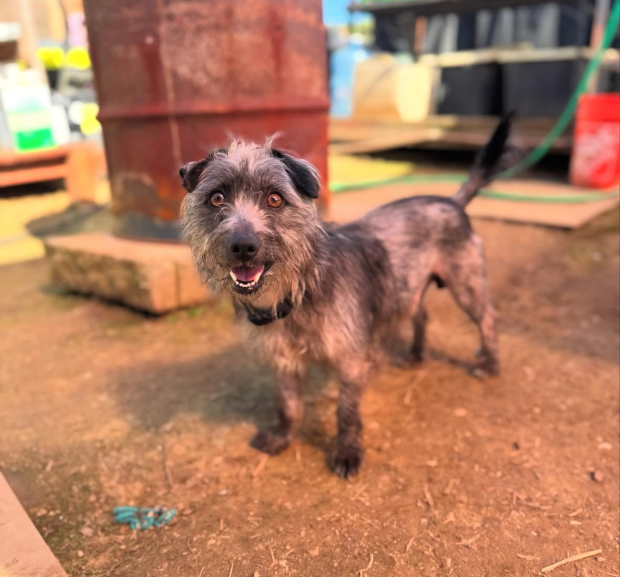
The newest resident/parishioner – Bernard
“The Four Noble Truths (a Buddhist teaching) teach that suffering exists and that there is an answer to end that suffering. I believe that the problem of animal suffering is big, but compassion and love is bigger. The only difference that can be made is made through the individual first. It’s only when we take individual responsibility that we have the ability to inspire others and hence change the world. The single moment you give to others could mean a whole life to another. Daily we can put the needs of others before the desires of self. Open your heart daily and become aware of how we might cause harm to others and avoid those things, and become aware how we can be of service to others and embrace those things.”
To learn more about Animal Liberation Temple and how you can support Robert’s mission, please visit their website or follow them on Instagram.


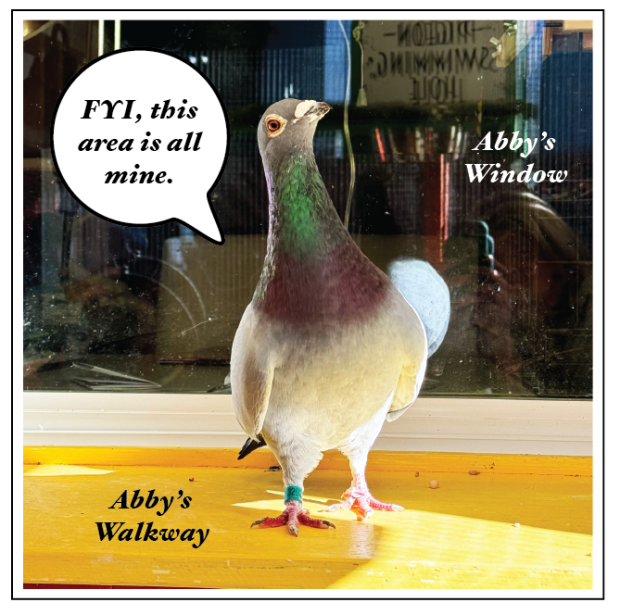
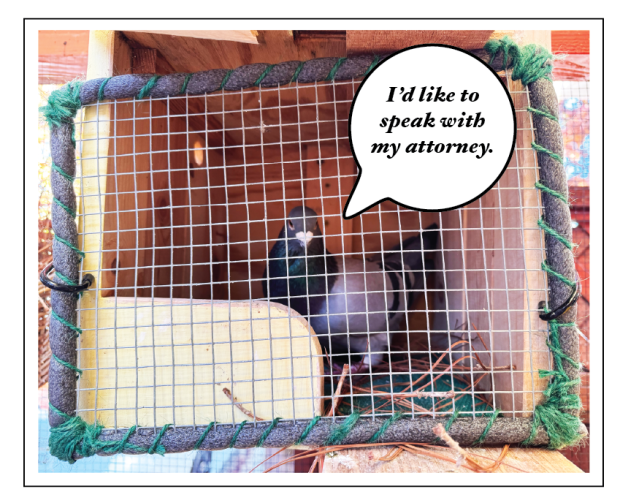
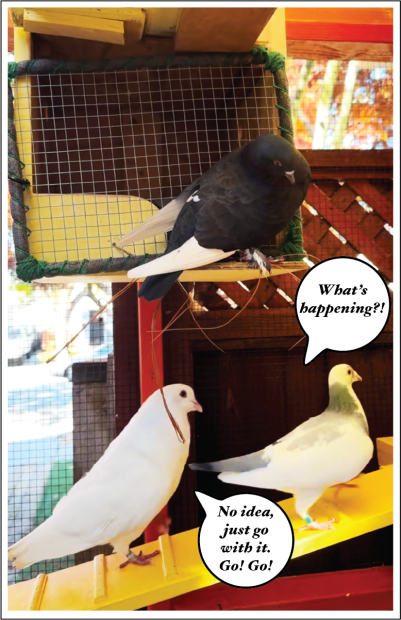
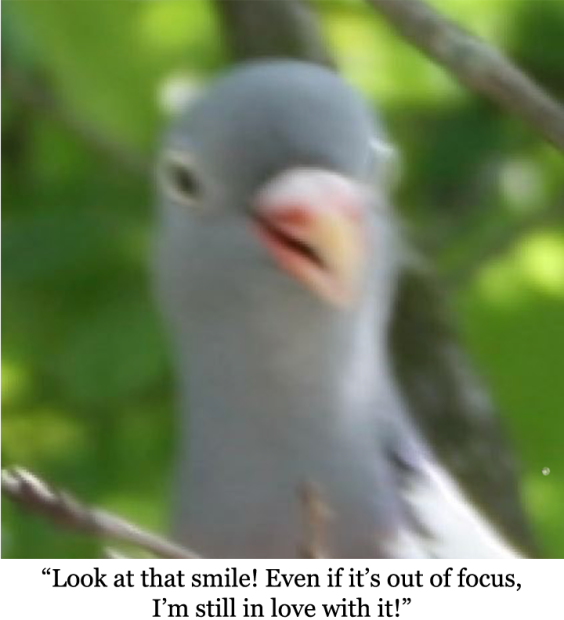 This Wood pigeon was the inspiration behind
This Wood pigeon was the inspiration behind 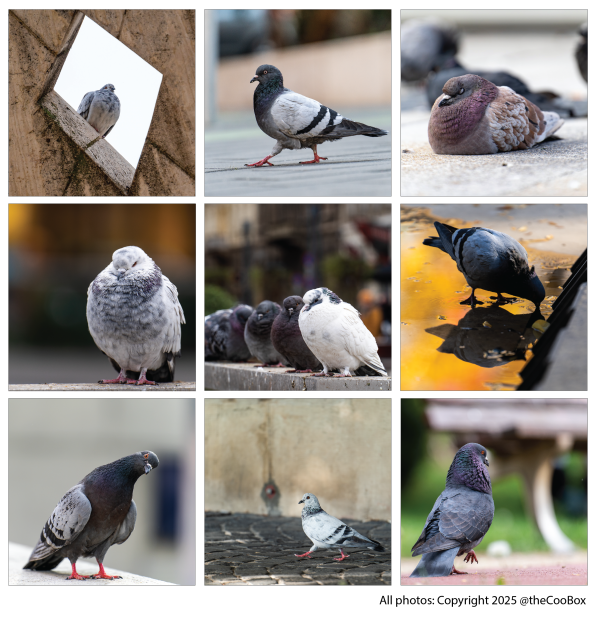
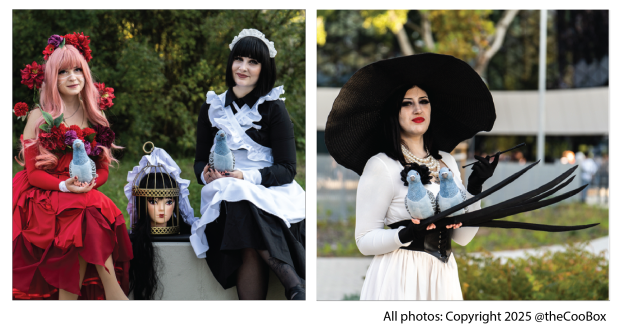
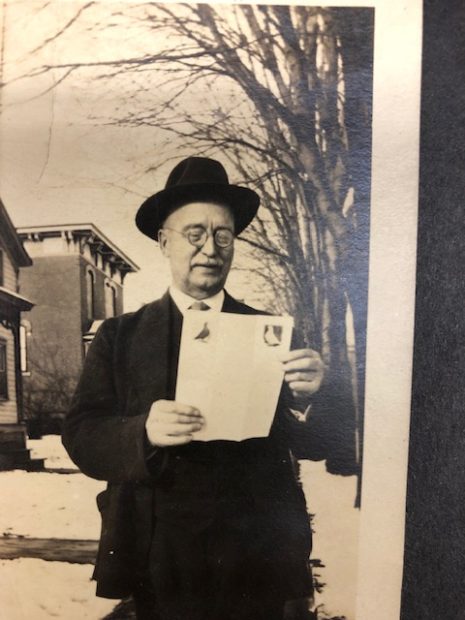 Dr. Charles Lang, a country doctor in upstate New York at the end of the 19th century, had an idea—commission his flock of homing pigeons as nurses!
Dr. Charles Lang, a country doctor in upstate New York at the end of the 19th century, had an idea—commission his flock of homing pigeons as nurses!